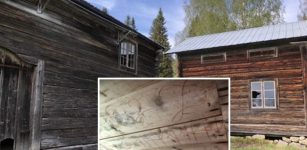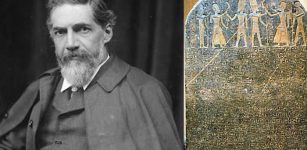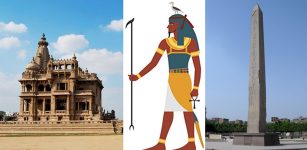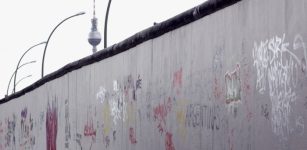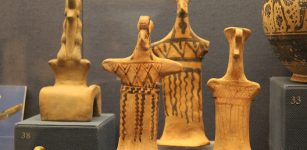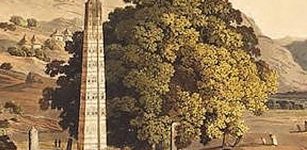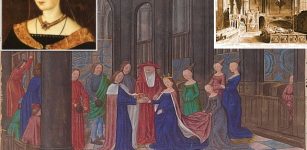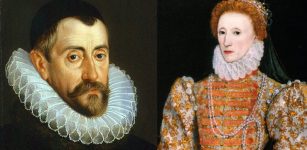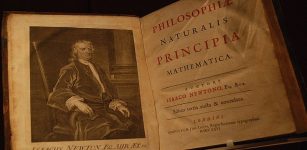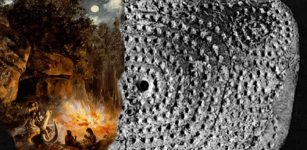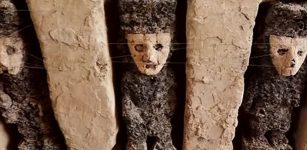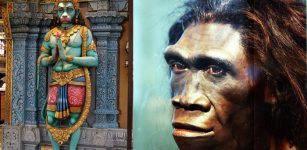On This Day In History: Vädersol Painting Depicting ‘Sun Dog’ Phenomenon Observed Over Stockholm – On Apr 20, 1535
AncientPages.com - On April 20, 1535, an atmospheric optical phenomenon known as the "Sun Dog" was observed over Stockholm.
The painting that depicts the event was named "Weather Sun") (in Swedish: Vädersol) and is considered the oldest depiction of Stockholm in color, the oldest Swedish landscape painting, and the oldest depiction of sun dogs.
17th century painting of Stockholm, a copy of the so called Vädersolstavlan, depicting a halo display event in 1535. Cleaned in 1998. The visible haloes are: 22 ° halo, at upper right (should be centered on the Sun) parhelic circle, large white circle (centered on the zenith: appears 'horizontal' in the sky) parhelia including 2 sundogs, 2 120° parhelia and the anthelion (dots on the parhelic circle, resp. nearest to farthest from the Sun) upper tangent arc and possible Parry arc (2 crossing arcs just left of the 22° halo (actually 'above' the 22°, in the sky); not realistically shown) circumzenithal arc, smaller crescent inside the parhelic circle (also centered on the zenith: appears 'horizontal', high in the sky) infralateral arc (bottom right). Note that the whole sky appears strongly tilted in the image: the upper right corner is actually down in the sky (when looking towards the Sun), the zenith is at the center of the circumzenithal arc and parhelic circle. This may result from the artist's choice to represent the display in a realistic orientation relative to the landscape: in this case the sun would have shone from 3/4 back to the right of an observer facing the city. The relative brightnesses of the haloes are quite accurate. Image credit: Jacob Heinrich Elbfas - Public Domain
The original painting, which was produced shortly after the event and traditionally attributed to Urban målare("Urban [the] Painter"), is lost.
However, a copy from 1636 by Jacob Heinrich Elbfas held in Storkyrkan in Stockholm is believed to be an accurate copy and was until recently erroneously thought to be the restored original. Layers of brownish varnish previously covered it, and the image was hardly discernible until carefully restored and thoroughly documented in 1998–1999.
The painting was produced during an essential time in Swedish history. The establishment of modern Sweden coincided with the introduction of Protestantism and the break-up with Denmark and the Kalmar Union. The resulting controversies between him and King Gustav Vasa and the historical context remained a well-kept secret for centuries. The painting was commissioned by the Swedish reformer Olaus Petri.
During the 20th century, the painting became an icon for the history of Stockholm, and it is now frequently displayed whenever the city's history is commemorated.
AncientPages.com
Expand for referencesReferences:


